We are an international body of scholars and students focused on Brazilian Modernismo and beyond. We concentrate on literary studies and interdisciplinary perspectives and approaches around and beyond this pivotal moment in the History of Brazilian culture. Our Consortium proposes to explore the legacy of Modernism in Brazil in dialogue with France – a primordial cultural reference for the Modernistas; Portugal – for the criticism and questioning advanced by the first wave of Modernistas against the cultural legacy of Portuguese Colonialism; Italy – with its immigrants’ and descendants’ cultural contributions. Last but not least, we endeavor to explore the points of contact with the Anglo-American experimentalisms which took place at the beginning of the twentieth century.
Our site congregates a diversity of points of view aimed at fomenting discussion and exchange of ideas among scholars and students of the field. We offer links to published articles as well as working papers.
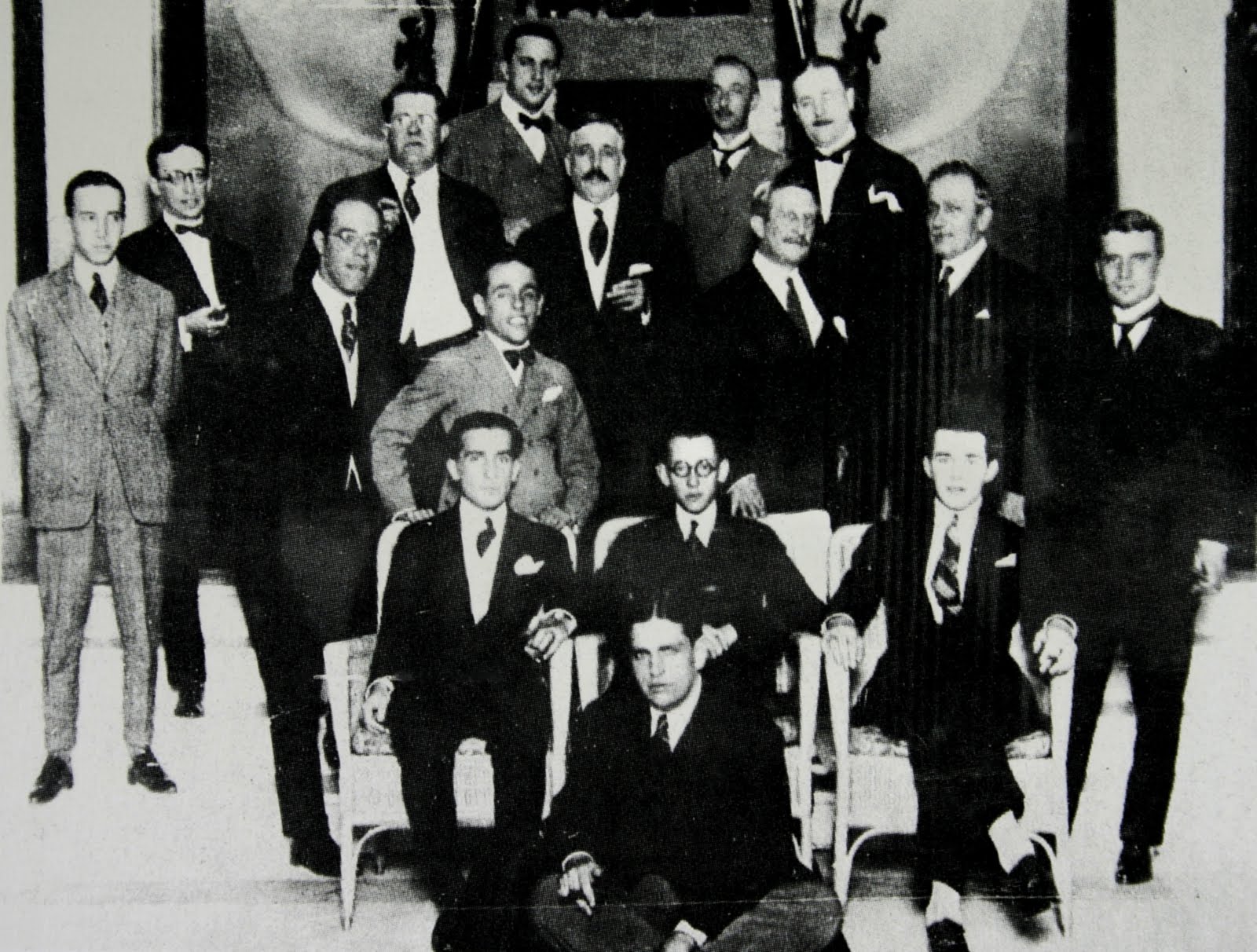
The Modernistas Group
Some participants of the Semana de Arte Moderna/ Modern Art Week, São Paulo, 1922.
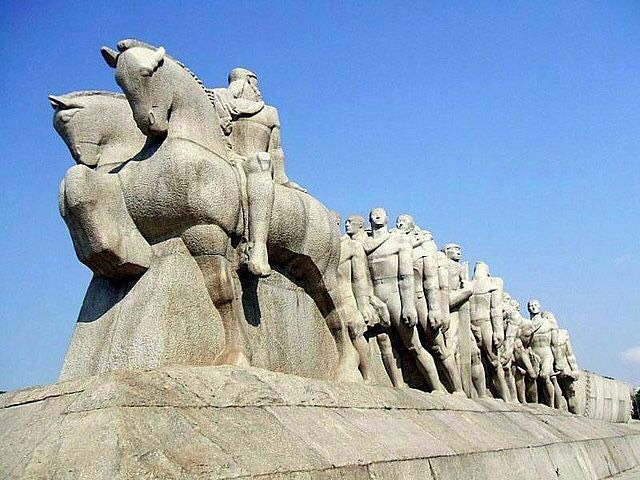
Monumento às Bandeiras
Monumento às Bandeiras/ Monument to the Bandeiras. Sculpture by VIctor Brecheret (1953), Ibirapuera Park, São Paulo.
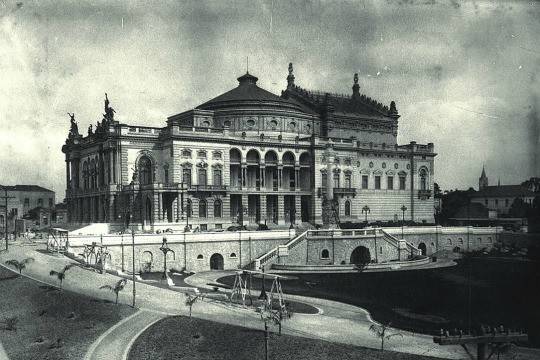
Teatro Municipal, São Paulo
Photograph of the Teatro Municipal, site of the Modern Art Week. São Paulo.
Central to the aesthetics of twentieth century Brazil, Modernismo is still alive in that country. It came to symbolize and express Brazil itself. Contemporary aspects of Brazilian culture are still shaped by Modernismo, which fostered several waves of reinvention after its initial shock.
The first Modernistas founded the Group of the Five consisting of Mário de Andrade, Oswald de Andrade, Menotti del Picchia (poets) and Anita Malfatti and Tarsila do Amaral (painters).
Culminating in the Modern Art Week (Semana de Arte Moderna) which took place at the Teatro Municipal (Municipal Theatre) in São Paulo, in 1922, Modernist ideas had already gathered a large group of friends practicing literature, music, painting and sculpture beyond the Group of the Five, like the poet Manuel Bandeira, the composer Heitor Villa-Lobos, the sculptor Victor Brecheret, the writer, translator, painter and sociologist Sérgio Milliet and others.
Modernismo in its initial impulse, changed the cultural axis of Brazil from Rio de Janeiro to São Paulo. That meant acknowledging the dynamism and economic prominence of that city, as well as the transformations in the components of its population, with the large influx of Italian immigrants, who with their mixed use of Portuguese and Italian would figure in works by António de Alcântara Machado (Brás, Bexiga e Barra Funda (1927) and Juó Bananère (La Divina Increnca, 1915). The Italians and their descendants brought a rich contribution to Modernism as with the above mentioned Anita Malfatti, as well as with artists like Lemmo Lemmi (caricaturist and illustrator), Victor Brecheret (sculptor), Alfredo Volpi (painter), Cândido Portinari (painter), Pietro Maria Bardi (Art critic, collector, and co-founder of the São Paulo Museum of Art, MASP), Lina Bo Bardi (architect), Aldo Bonadei (painter), Fulvio Penacchi (painter) Mário Zanini (painter) and others.
If the model and mirror of Brazilian culture in the past was France, the fertile dialogue established by the Modernistas with French culture was reaffirmed with the French Mission arriving in Brazil in 1934 to form the nucleus of Humanities Studies at what would become the University of São Paulo. Among the various fields and professors, the presence of Fernand Braudel and Claude Lévi-Strauss, Roger Bastide, Robert Garric and Alfred Bonzon, among so many others was fundamental to form a mass of studies about Brazil in which a double perspective could be had; a dialogue in which Brazilians and French saw one another in a mirror: O Boi no Telhado, a popular song in Brazil becomes Le boeuf sur le toit in Darius Milhaud’s composition (1920) and a celebrated cabaret in Paris after that. In these interchanges, the co-influence between Blaise Cendrars and Oswald de Andrade is worthy of note, as well as the reflections of Paul Claudel, the writings of Albert Camus about his experience of Brazil, Le Corbusier’s controversial urbanistic plans for Rio de Janeiro, among other inter dialogues.
For the Modernistas, the rediscovery of Jean de Léry’s writings, Histoire d’un voyage fait en la terre du Brésil (1578) about the Tupinambás, when this pastor lived in the Huguenot colony in Rio de Janeiro, called la France Antarctique (1555-1567) was fundamental. André Thévet’s Les Singularitez de la France antarctique (1557); the writings of the German, Hans Staden, and his History of his captivity (1557), as well as the influence of Montaigne’s reflections about anthropophagy in his Essais (1533-1592) will also prove fundamental to define, in Oswald the Andrade’s words, the essence of Brazilian culture: the ingestion of all other cultures to strengthen itself: Tupi or not Tupi that is the question.
As he arrives in Brazil to teach and to research, the anthropologist Claude Lévi-Strauss brings in his luggage his copy of Jean de Léry’s book.
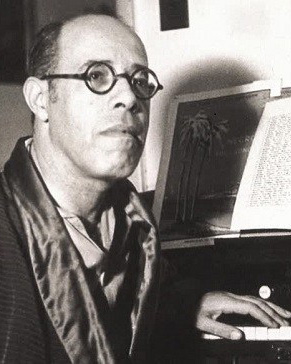
Mário de Andrade
Mário de Andrade (1893-1945 ) Poet, Novelist, Musician, Ethnomusicologist, Art Historian, Critic. Sou um tupi tangendo um alaúde/ I'm a Tupi playing the luth, (Pauliceia Desvairada/ Hallucinated City 1922). The intelectual force behind Modernismo, Mário de Andrade’s archives in the Instituto de Estudos Brasileiros, IEB, (Brazilian Studies Institute), at the University of São Paulo are one of the richest sources of information about Brazilian cultural life in the twentieth century.
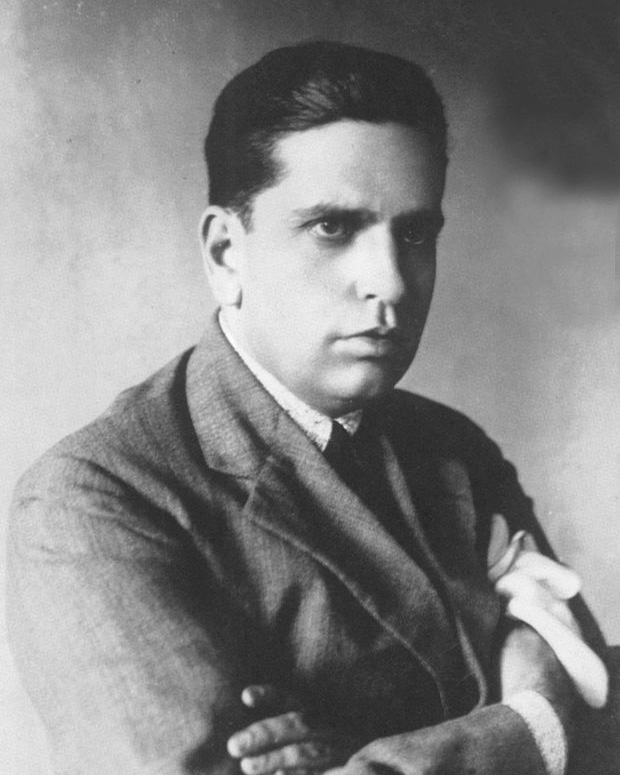
Oswald de Andrade
Oswald de Andrade (1890-1954 ) Poet, Novelist,Polemicist, Playwright. Tupi or not Tupi that is the question (Manifesto Antropófago/Anthropofagous Manifesto, 1928)

Anita Malfatti
Anita Malfatti (1889-1964). Introducing European Expressionist paintings to Brazil, her exhibition in 1917-1918 quickly became controversial. The writer Monteiro Lobato’s criticism, Paranóia ou Mistificação (Paranoia or Mystification) attacking the exhibition actually promoted the cause of the Modernistas.
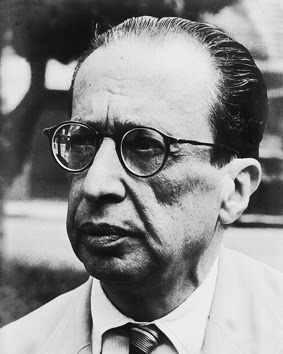
Manuel Bandeira
Manuel Bandeira (1886-1968) Poet, Translator, Cronista, Literature scholar and teacher and Member of the Brazilian Academy of Letters. Already a established Symbolist poet, Manuel Bandeira, later one of the most important poets of Brazil changed his style of versification as he adopted Modernist paradigms. A vida inteira que podia ter sido e que não foi /The whole of a life that could have been and never was.
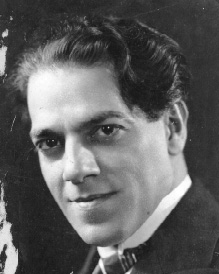
Heitor Villa-Lobos
Heitor Villa-Lobos (1887-1959 ). Composer. Bachianas Brasileiras. Não uso o folclore. Eu sou o folclore/ I don’t use folklore, I am the folklore.
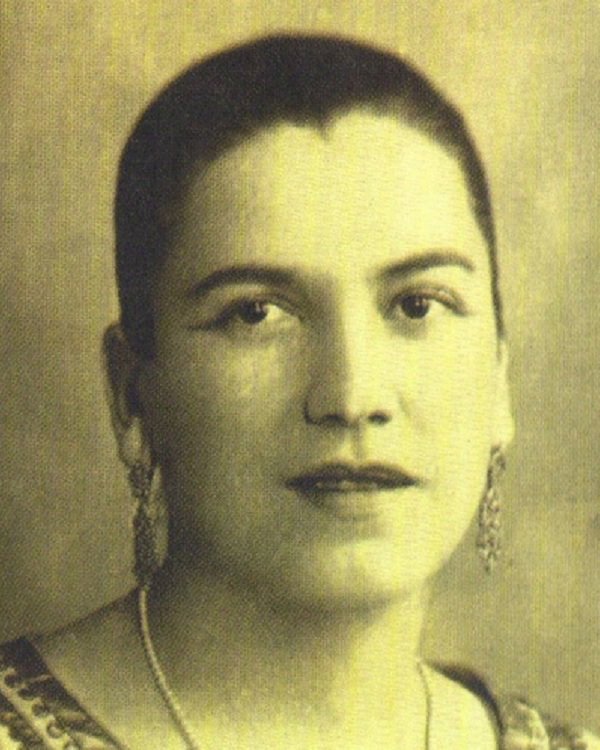
Tarsila do Amaral
Tarsila do Amaral (1886-1973) One of the leading Moderrnist painters. Famous for one of Brazil’s most iconic paintings: O Abaporu, a symbol of Antropofagia
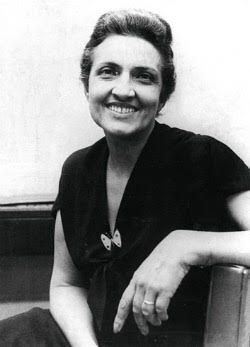
Cecília Meireles
Cecília Meireles (1901-1964) Considered one of the greatest lyrical voices of Brazilian poetry. Eu canto porque o momento existe/I sing because the moment exists. Cecilia Meireles was also a professor and a translator of Maurice Maeterlinck, Federico García Lorca, Jean Anouilh, Ibsen, Tagore, Rilke, Pushkin and Virginia Woolf.
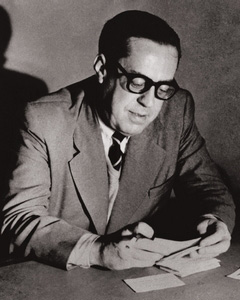
Sérgio Buarque de Holanda
Sérgio Buarque de Holanda (1902-1982) Historian, Literary Critic and inventor or Brazil in his foundational essay, Raizes do Brasil (Brazil’s Roots). Somos ainda hoje uns desterrados em nossa terra. We are, still today, like exiled ones in our land.
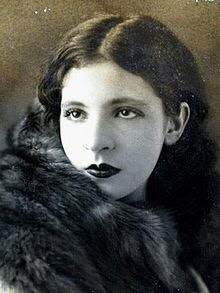
Patrícia Galvão (Pagu)
Pagu (Patrícia Galvão) (1910-1962) Writer, poet, playwright, journalist and translator. Pagu, the Muse of Modernism started her career as a journalist when she was fifteen years old. A communist, she was arrested many times in her life, and published her novel Parque Industrial (1933) (Industrial Park) under a pseudonym: Mara Lobo.
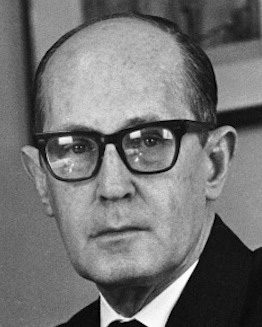
Carlos Drummond de Andrade
Carlos Drummond de Andrade (1902-1987) Poet and Cronista. Descending from the Drummond clan who emigrated from Scotland to Brazil, Drummond [pronounced druMMONd] is Brazil’s major poet and one of the greatest poets in the Portuguese language. Uma flor ainda desbotada/ilude a polícia, rompe o asfalto./A flower still faded/eludes the police, breaks the asphalt.

João Guimarães Rosa
João Guimarães Rosa (1908-1967) Novelist, Short Story writer, Diplomat. His metaphysical novel Grande Sertão:Veredas (1956) is forged in the author's original style blending archaisms, colloquial prose, regionalisms,neologisms, and the author’s knowledge of more than twenty three languages. It represents a unique aesthetic experiment and one of the highest achievements in the Portuguese language. A gente morre é para provar que viveu.We die in order to prove we have lived. Elected to the Brazilian Academy of Letters, Guimarães Rosa died three days after he accepted the honor he had postponed for more than four years
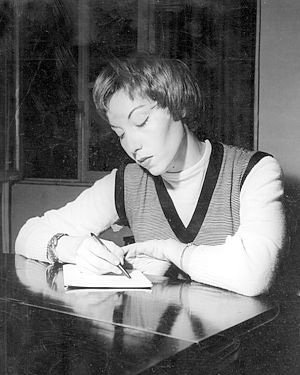
Clarice Lispector
Clarice Lispector (1920-1977) Novelist, Short Story writer and Cronista. Her style blends Modernismo’s aesthetics with a very personal, psychologically intense narrative and diction making her one of the most original voices of the literature written in Brazil. Clarice Lispector belongs to a generation of fellow writers who brought the language of Modernismo to a larger public in their crônicas, published daily or weekly in newspapers and magazines. Pão é amor entre estranhos/Bread is love among strangers.
Antropofagia /Anthropophagy is a word which specifically refers to the ritual eating of the enemy, as practiced by the Tupi peoples in Brazil.
Out of this powerful vortex, an avant-garde group of young poets, painters, sculptors and musicians, will forge a new language, a new way of seeing both the world and Brazil. In the effervescence of its first moments, Mário de Andrade will propose a Brazilian language, Oswald de Andrade will write manifestos: Poesia Pau-Brasil (1924), Manifesto Antropófago (1928).
Prompted by the wish to rediscover Brazil proposed by the Modernistas, Sérgio Buarque de Holanda, with Raizes do Brasil (1936) will insert a historical perspective in the Modernist project by examining the process of formation of Brazilian society from the cultural legacy of the Portuguese colonization, as well as Gilberto Freyre, with Casa Grande e Senzala (1933) and Caio Prado Jr. História Econômica do Brasil (1945).
As the renewal of language, the joy of experimentalism, the adoption of free verse, the innovative forces prompted by the rupture with the “past” lost their initial momentum and the polemical nature of Modernismo gave way to generations of imaginative, vigorous writers, with strong personal voices, styles and definitive presence in the world of Brazilian letters, among which the poet Carlos Drummond de Andrade, the novelists Graciliano Ramos and João Guimarães Rosa.
A full circle will be achieved with the reintroduction of formalism in João Cabral de Melo Neto’s poetry, one of the most important poets of Brazil,and Concretismo, with their verbivocovisual poetry as practiced by Augusto de Campos, Haroldo de Campos and Décio Pignatari, among others. At the same time, a generation of cronistas and novelists, among which, Rubem Braga, Rachel de Queiróz, Clarice Lispector, Fernando Sabino, Paulo Mendes Campos, Otto Lara Resende Lúcio Cardoso, and others will extend the conquests of Modernismo far beyond its outset. Carlos Drummond de Andrade and Manuel Bandeira, Modernistas of the first extract, will also adopt the crônica as a genre adapted and transformed by Modernismo.
The legacy of the first impulses of Modernismo will be energetically reworked by generations of future writers and artist, creating various waves of renewal. Among these, in music, with the emergence of Bossa Nova and Concrete Music; Concretismo in poetry and the visual arts; Tropicalismo in visual arts and music; Cinema Novo [the new cinema]; Modernist architecture and its culmination symbolized by the new capital: Brasília (1960).
